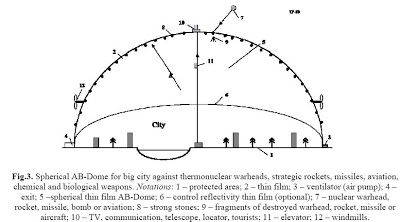Feb 6, 2012
The runaway greenhouse reversal: Cooling Venus
Posted by Tom Kerwick in categories: chemistry, existential risks, futurism, habitats, space
As we all know, Venus’s atmosphere & temperature makes it too hostile for colonization: 450°C temperatures and an average surface pressure almost 100 times that of Earth. Both problems are due to the size of its atmosphere — massive — and 95% of which is CO2.
The general consensus is that Venus was more like that of the Earth several billion years ago, with liquid water on the surface, but a runaway greenhouse effect may have been caused by the evaporation of the surface water and subsequent rise of greenhouse gases.
It poses not just a harsh warning of the prospects of global warming on Earth, but also a case study for how to counter such effects — reversing the runaway greenhouse effect.
I have wondered if anyone has given serious thought to chemical processes which could be set in motion on Venus to extract the carbon dioxide from the atmosphere. The most common gas in the Universe is of course hydrogen, and if sufficient quantities could be introduced to the Venusian atmosphere, with the appropriate catalysts, could the carbon dioxide in the atmosphere be eventually reversed back into solid carbon compounds, water vapor and oxygen? The effect of this would of course not only bring down the temperature, but return the surface pressure, with 95% of its atmosphere removed, to one more similar to that of Earth. Perhaps in adding other aerosols the temperatures could be reduced further and avoid a re-runaway effect.
I’d like to hear others thoughts on this. It would be a long term project — but would perhaps make our closest planet our most habitable one in the future — one we could turn into a habitat that would be very accessible, with ample oxygen, water and mineral resources… The study of such a process would also greatly benefit Earth in the event that theorized runaway greenhouse effects start to occur on our own planet, the strategies learned could save it. Other issues to address regarding Venus: lack of magnetic field and its slow rotation would have to be considered, though hardly off-putting, and 150ppm sulfur dioxide in the atmosphere would need to be cleansed — surely not insurmountable.











